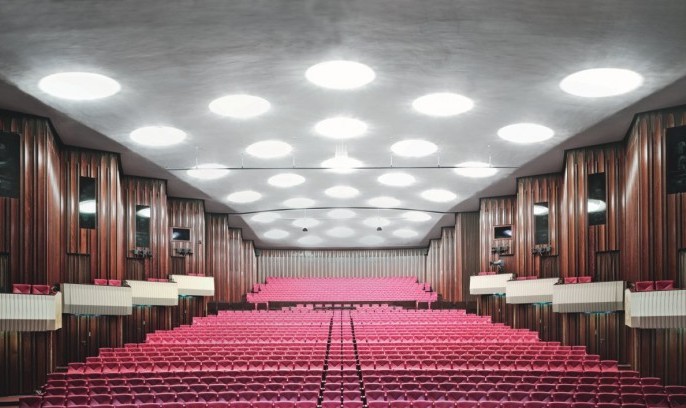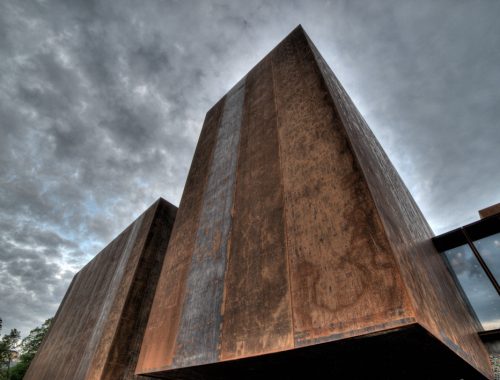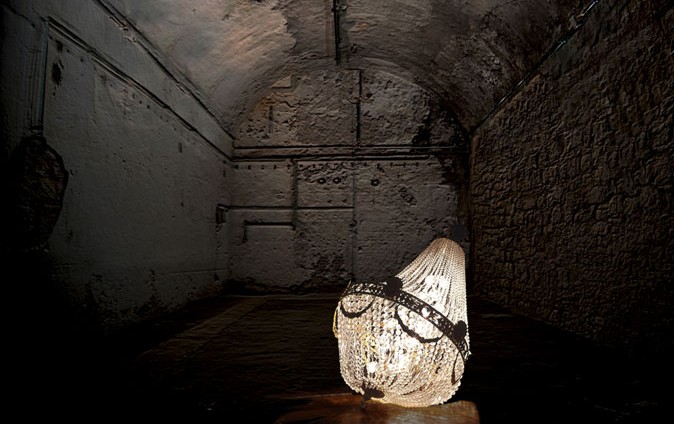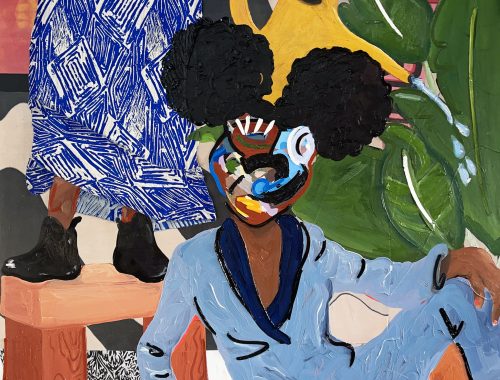
CANDIDA HOEFER _ AT KUNSTPALAST
Museum Kunstpalast Duesseldorf, Germany pays tribute to one of the most critically acclaimed photographers: Candida Hoefer. She is among the first generation of Bernd Becher’s photography class at the Duesseldorf Academy of Art. Her works are characterised by cool objectivity, a precise grasp of details, and, above all, by a keen interest in structures and order in public spaces.
Museum Kunstpalast presents this exhibition with a special focus on works created by Candida Hoefer in the city of Duesseldorf within a period of around four decades. The show is illuminating the development of the photographer as well as that of the city. Particularly interesting are those rare moments in which the artist returns to the same location, often years later, and takes up a motif once again – however, with a new gaze.
A number of new works are being created especially for the exhibition, and many of the existing photographs have never been shown to the public before.
Ever since the beginning of her creative career Candida Hoefer’s photography has always focused on places that have a story to tell. Her subjects are mostly interiors, places of encounter, of communication, of knowledge – spaces for living that were created by people, spaces for living that have a function in life.
More often than not they are magnificent interiors with spectacular atmospheres. Her images however also depict rooms that at first glance appear to be quite unprepossessing, but on closer inspection they start to tell a story.
It was towards the end of the 1960s that Candida Hoefer first started to tackle motifs that would later be more comprehensively addressed in her oeuvre: waiting rooms, railway stations and architectural structure in the broadest sense of the word. In 1968, during a short stay in the city of Liverpool, Candida Hoefer produced a series of photographs that traced the footsteps of a poetry band known as The Liverpool Scene and in doing so she was able to establish a direct link to lyric poetry. Even then, back in Liverpool, the artist turned her gaze on living space that had been created by people.
Candida Hoefer only ever works with the light available at the time she is working. She does without any additional artificial lighting, preferring an atmosphere bathed in daylight. She does however make use of artificial light if it is there and a definite part of the room.
In contrast to her images of interiors that only rarely ever show any people, her views of zoo enclosures from 1990 do in fact show the “resident” animals. From this point of view a zoological garden functions like a museum in which the animals serve the purpose of the sculptures.
All the different spaces are permeated by the aspects that Candida Hoefer focuses on in her work: order, sequence, structure, history, function, living space and its sensual and qualitative experience, too.
You May Also Like

MUSEE SOULAGES BY RCR ARQUITECTES
26/11/2020
INTERNATIONAL LIGHT ART AWARD _ FINALISTS SHOW
26/10/2020

